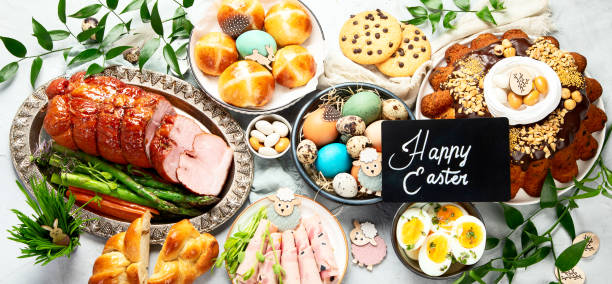Halloween Celebrations Across Different Cultures
International Halloween traditions
Halloween is a holiday celebrated in many countries around the world, although it originated from the ancient Celtic festival of Samhain in Ireland. Today, Halloween has evolved into a global celebration with various traditions and customs in different cultures. In this article, we will explore some of the unique Halloween celebrations across different countries.
Halloween traditions
While Halloween is most commonly associated with countries like the United States and Canada, where it is widely celebrated with costume parties, haunted houses, and trick-or-treating, other countries have their own distinctive Halloween traditions as well.
Halloween customs around the world

1. Mexico (Dia de los Muertos)
In Mexico, the Day of the Dead or Dia de los Muertos is a deeply rooted tradition that honors deceased loved ones. Families create altars with photographs, favorite foods, and belongings of the departed, and visit gravesites to remember and celebrate the lives of the deceased. Colorful sugar skulls and marigolds are commonly used as decorations, and people dress up as skeletons or wear traditional Mexican attire.
2. Ireland (Samhain)
Halloween originated from the ancient Celtic festival of Samhain in Ireland. The Irish continue to celebrate Halloween with traditional customs such as apple bobbing, bonfires, and storytelling. It is believed that during Halloween, the boundary between the physical and spiritual worlds is thin, allowing spirits and fairies to roam freely.
3. China (Teng Chieh)
In China, Halloween-like celebrations take place during the Teng Chieh festival. People light lanterns to guide the spirits of deceased relatives and offer food and water to appease them. This festival also involves creating paper boats, which are then set afloat with burning candles to guide spirits back to the underworld.
4. Japan (Obon)
In Japan, the Obon festival is similar to the Day of the Dead in Mexico. Families honor their ancestors by visiting gravesites, cleaning and decorating them, and making offerings of food and drinks. Bonfires are lit to guide the spirits and lanterns are hung outside homes to welcome them. Obon is a time for reflection, remembrance, and reconnecting with loved ones.

5. Scotland (Guising)
In Scotland, Halloween is known as “Guising,” where children dress up in costumes and go from house to house reciting songs, poems, or jokes in exchange for sweets, fruit, or coins. This tradition is similar to Halloween trick-or-treating in other countries and is still practiced today.
6. Philippines (Pangangaluluwa)
In the Philippines, the tradition of Pangangaluluwa involves children going from house to house, singing songs in exchange for prayers or treats. This Halloween custom is seen as an opportunity to ask for blessings and to remember and pray for the souls of the departed.
7. Italy (All Souls’ Day)
In Italy, All Souls’ Day or “Il Giorno dei Morti” is a significant holiday similar to the Mexican Day of the Dead. Families gather for a meal and visit cemeteries to remember their deceased relatives, leaving flowers and candles on their graves. In some regions, children are also given small gifts or treats.
8. Austria (Seleenwoche)
In Austria, the week leading up to Halloween is known as “Seleenwoche” or All Souls’ Week. People remember and honor the dead by lighting candles and placing them on graves. A common superstition during this time is to avoid looking into one’s own reflection, as it is believed that souls of the dead may appear in mirrors.
9. Spain (Halloween and All Saints’ Day)
Spain celebrates both Halloween and All Saints’ Day. On Halloween, people dress up in costumes and participate in parties and events. All Saints’ Day, known as “La Toussaint,” is a public holiday when families visit cemeteries to pay respects to their departed loved ones, bringing flowers and lighting candles.
10. India (Durga Puja)
In India, the festival of Durga Puja often coincides with Halloween. This Hindu festival celebrates the victory of goddess Durga over the buffalo demon Mahishasura. People dress up in traditional attire, participate in processions, enjoy cultural performances, and exchange sweets and gifts.
Conclusion
Even though Halloween has its roots in the ancient Celtic festival of Samhain, it has evolved and been adapted by various cultures around the world. From Mexico’s Day of the Dead to Scotland’s Guising, each country has its own unique customs and traditions to honor the departed and celebrate the supernatural. Halloween’s global popularity showcases the universal human fascination with the supernatural and our desire to remember and connect with our loved ones, living and deceased.


